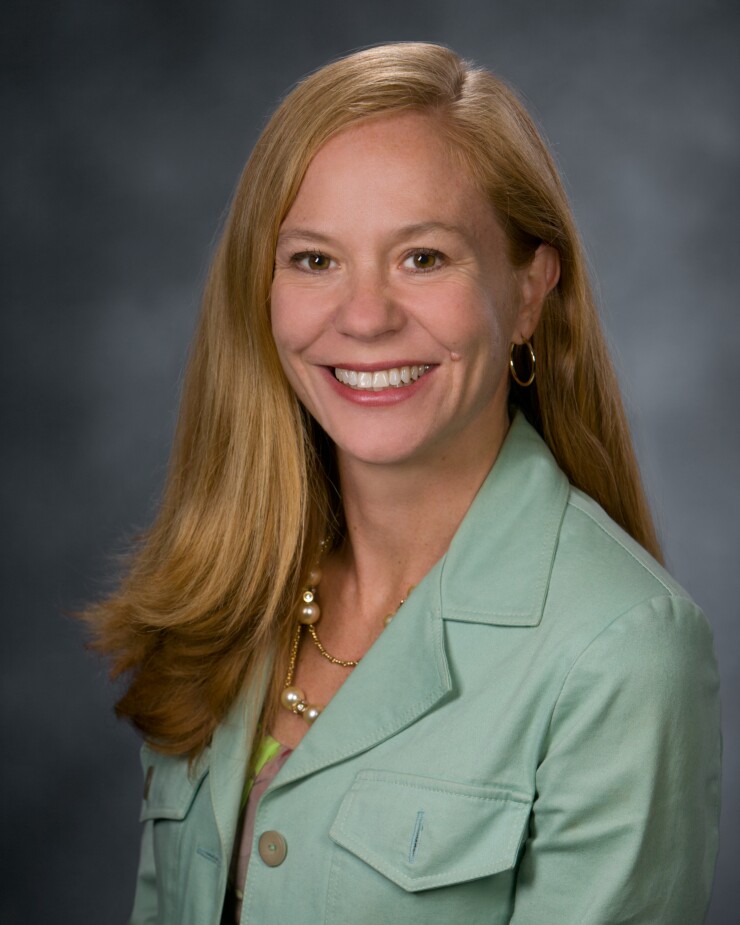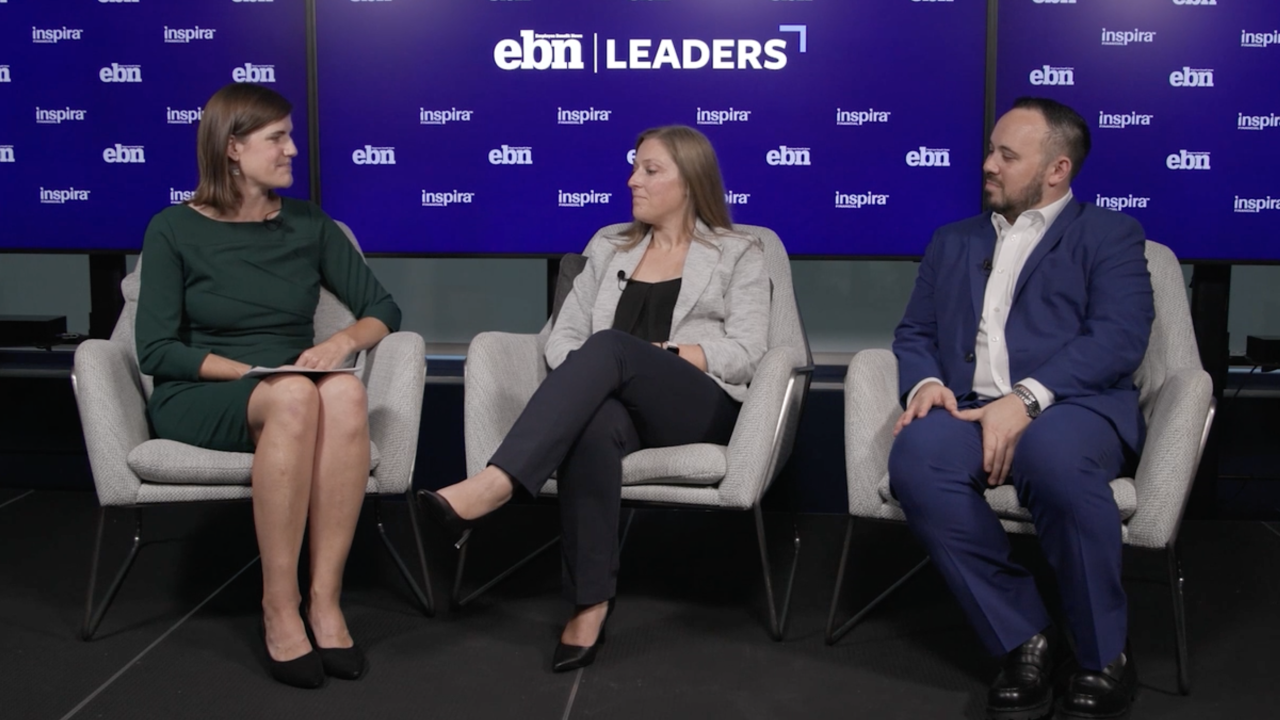Baxter International, a global producer of renal and hospital products offers its 14,500 U.S. employees an enviable palette of programs supporting its diverse, multigenerational workforce.

The company’s VP of talent development, Irina Konstantinovsky says that Baxter employees include baby boomers who are staying at work longer, Generation X and millenials. “We are just beginning to hire high school and college graduates in Generation Z,” she says.
Breaking down barriers
“Some older workers perceive that younger employees are entitled, technology savvy, overly eager, critical, superficial and more focused on enjoying life,” she says. “On the other hand, younger employees may view older colleagues as less flexible or slow to learn.”
But she believes these stereotypes are intrinsically flawed. “Older workers have invaluable knowledge and experience while younger workers are often more entrepreneurial and ready to embrace change. Harnessing this combination of skill sets can be very powerful if we find productive ways to engage it,” Konstantinovsky says.
At the company’s offices in Western Europe, a boomers and Millennials reverse mentoring initiative matches Baxter employees who are recent graduates with senior, long-term Baxter employees to facilitate communication on how the different generations can collaborate effectively and learn from each other. In Asia, 14 countries are focused on advancing women to critical leadership positions.

“The most exciting culture shift that the younger generation brings to the workplace is the focus on results rather than a static measure of hours at work,” says Konstantinovsky. “They have influenced us to adopt a ‘dress for your day’ policy and provide personal Wi-Fi devices so employees who commute can be productive while they are in transit and spend less time at the office.”
In fact, the company will soon be rolling out a new philosophy on workplace flexibility. “Our new CEO believes that if people want to work from home on some days, work a reduced schedule or job share, we need to start from a ‘yes.’ We won’t be able to tell people ‘no’ without a good reason and a lot of people will have to be involved,” she says.
Developing talent
And even though workers at different stages of their career may have dissimilar working and communication styles, Konstantinovsky says most employees are looking for the same basic things. “Learning opportunities, challenging work, job security – all of those components are foundational for any employee, it doesn't matter what age they are,” she says.
This is consistent with results from the 2014 Towers Watson Global Workplace study. Study results reveal that career advancement opportunities and job security rank among the top reasons employees across all age groups are attracted to an employer.
That’s why talent management and development is an important part of Baxter’s commitment to employees. “Our talent development philosophy emphasizes a combination of work experience, feedback and training,” says Konstantinovsky.
Through the company’s MyCareer@Baxter portal, employees can access development and planning tools, as well as comprehensive information about performance expectations and goals, training opportunities and jobs at Baxter.
Baxter also provides more than 31,000 computer-based and classroom training on topics such as Food and Drug Administration regulations, good manufacturing practice guidelines, job-specific skills and legal/compliance training. In 2014, employees completed more than one million hours of training globally, an average of 17 hours per employee.
Encouraging diversity
Another notable feature of life at Baxter are business resource groups that provide a forum for employees to develop skills, strengthen valuable cultural connections and support key business initiatives. Baxter has a total of eight BRGs: the African-American Leadership Council, the Asian Leadership Network, Baxter EnAbles, the Baxter Equality Network, BaxVets, Baxter Women Leaders, Early Career Professionals and Latinos@Baxter.
The BRGs were created by employees interested in coming together and working through common issues, but the company gives them a lot of support, says Konstantinovsky.
Older workers have invaluable knowledge and experience while younger workers are often more entrepreneurial and ready to embrace change.
“We give them a very senior sponsor who directly reports to our CEO. We give them a budget to fund activities that are important to them. Each group owns a month where they can plan programs, invite speakers and really celebrate their diversity,” she says. “Our disability group really pushed for sign language interpreters at town hall meetings. Our LGBT group educated us about the need for individual bathrooms and we just changed our policy to incorporate gender re-assignment surgery into available health coverage.”
She also notes that early career professionals have been strong promoters of workplace flexibility. “Our African American and Hispanic groups want to ensure our hiring is not biased and they have identified colleges and conferences where we need to be to attract the right workforce,” she says.
Supporting the community
No catalogue of why Baxter is a great place to work would be complete without reference to some of the many initiatives where Baxter and its employees support communities worldwide through financial contribution, healthcare access initiatives and employee volunteerism as documented in the company’s 2014 Sustainability Report.
During 2014 Baxter and the Baxter International Foundation gave more than $50 million, including product donations, cash contributions and foundation grants. The company has contributed nearly $332 million to various causes over the last five years.
In 2014, nearly 6,300 Baxter employees volunteered more than 128,000 hours in their communities, addressing local concerns such as healthcare, the environment and education. Employee involvement takes many forms, such as volunteering at a school or blood drive, serving at a hospital or food pantry, participating in community park clean-up days or joining a local nonprofit organization board or committee. Employees at each Baxter site select volunteer activities to undertake and organizations to support, as they can best determine the most relevant and highest impact projects.
Employees track their efforts using Baxter’s internal volunteerism website. Since 2008, the company has logged nearly 962,000 hours and recognized employees who volunteer for 40 or more hours during the year. More than 675 Baxter employees volunteered at least 40 hours in 2014.
“We do a culture survey every two years. We know that a disproportionate number of our younger employees care about the reputation of the organization and opportunities to volunteer,” Konstantinovsky says. “That’s an important driver of why they come to work and stay with the company.”





